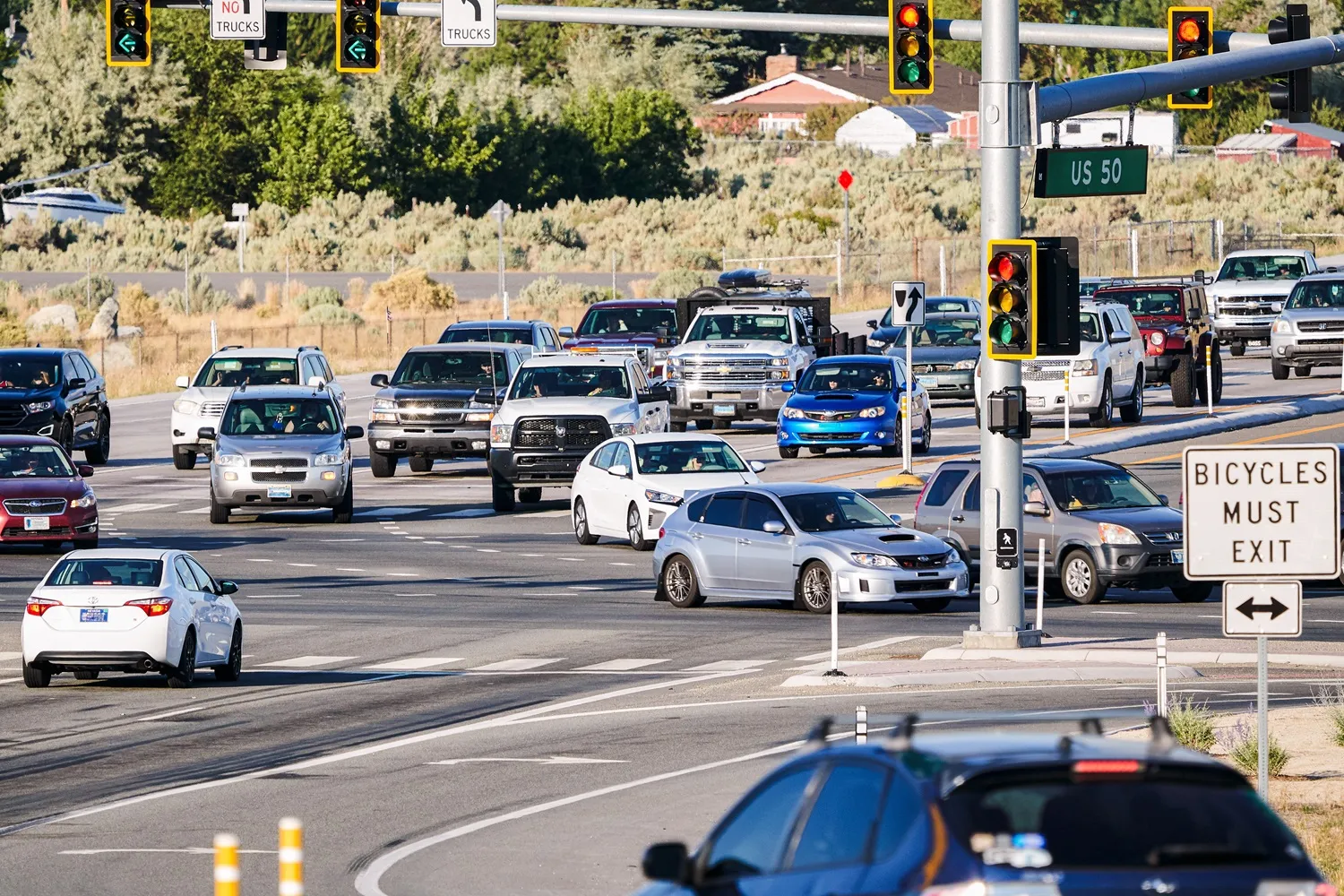
A new division, formed by
Gridsmart Information Security & Threat Intelligence (ISTI) is an industry first-of-its-kind transportation cybersecurity group dedicated to providing vulnerability/threat assessments and tailored security strategies. It will work with private companies, departments of transportation, and others to proactively defend and enhance the resiliency of their technical infrastructure from cyberattack.
ISTI is led by Antonio Rucci, one of America’s most-respected cybersecurity experts, who worked for two decades as a counter-intelligence special agent, ultimately serving for six years at the White House before moving into the private sector.
Bill Malkes, CEO of Gridsmart, said the ISTI division was born of necessity. “There is a clear and present danger of cyber-attacks and cyber espionage on our infrastructure daily. Mobility is a strategic area for the enemy to attack. True to core Gridsmart values, we will be in front of this danger, providing those we serve with practical, simple, and implementable solutions,” he said.
Under Rucci’s leadership, ISTI will work with organisations to uncover penetration points, secure systems, and design customised hack-resistant solutions to assure network integrity.
“In the cyber criminal’s mind, traffic management networks, connected and driverless vehicles, and the spectrum of transportation technologies offer the potential for maximum impact and profound harm, said Rucci. “At ISTI, we’re committed to becoming a resource for our clients, helping them build incident response programmes and teams; training them to build, exercise, and execute resilient disaster recovery strategies. Data breaches will happen. How you respond defines your company.”
Booth 501








